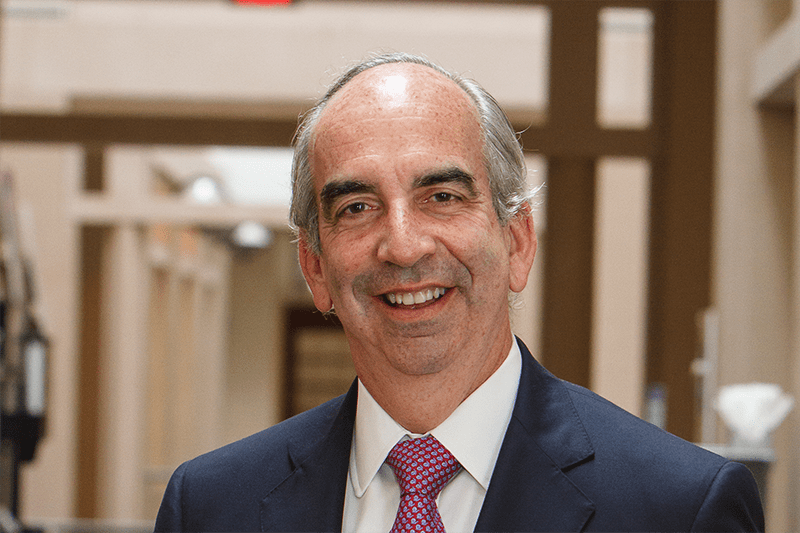Hess Corporation expects the global oil and gas industry to be around for as long as two decades. So said its Chief Executive Officer (CEO), John Hess during JP Morgan’s virtual Energy and Renewables Conference last week.
This is based on Hess’ projection of global demand, even with commitments by governments to work to reduce emissions.
Hess posited a question to consider, in this regard: “Do we have the breakthroughs in technology to meet the emission reduction targets some of the governments are asking for?”
Notwithstanding this and other uncertainties, Hess’ view is that there is a good outlook for oil and gas, and he sees the company as well positioned to meet demand for just that long. He said that the key to being so positioned for exploration and production (E&P) companies, or major integrated companies, is maintaining low cost to supply. He related that Hess sees itself maintaining among the lowest breakevens in the industry.
Though some would say peak oil demand will come in the next 5 years, Hess does not see peak oil demand for the next decade.
He made these comments in response to questions related to the net-zero scenario proffered by the International Energy Agency (IEA) in its ‘Net-Zero by 2050’ report. It outlines a strategy to limit global temperature increase to 1.5 degrees Celsius above pre-industrial levels by 2050. Under that scenario, the IEA said that there would not be any new fossil fuel developments beyond projects already committed in 2021.
“A lot of people thought that was a forecast, you know,” Hess said.
“(But) it’s just a scenario that if demand were destroyed, what would the consequences be on supply?”
He explained that the IEA’s scenario for net-zero by 2050 shows milestones that would have to be met for the world to arrive at that place.
Hess pointed out other key milestones he found interesting, which would need to be met to make that scenario work.
“I think a couple of interesting points to make that scenario work, would be that electric vehicles have to go from 5% today to 60% in 2030, and in 2030, all the world’s electric generation would have to go carbon free…”
“One other key milestone, investment in energy globally has to go from US$2 trillion to US$5 trillion, and 90% of that has to be on clean energy.”
“The point here is, we have a very narrow pathway to get to net-zero and, you know, consumers, governments, businesses alike, have to put that filter in how they think about it.”
In Guyana, where Hess owns stakes in multiple blocks, including the 9-billion-plus barrel Stabroek block, the Government’s position is that the country has so far paid more than its fair share to contribute to emissions reduction efforts, as it is a carbon sink. Natural Resources Minister, Vickram Bharrat, has said that Guyana will take a balanced approach to the country’s development, managing initiatives to protect the environment while extracting hydrocarbons to enrich the nation.



